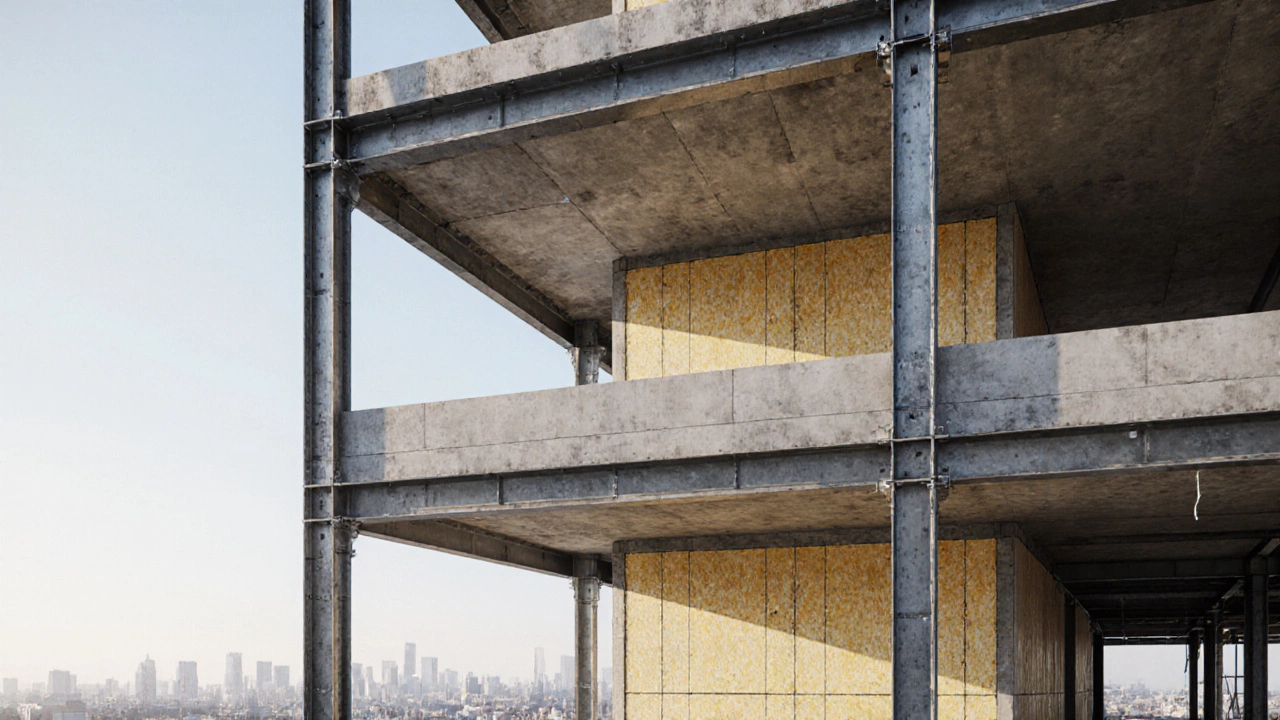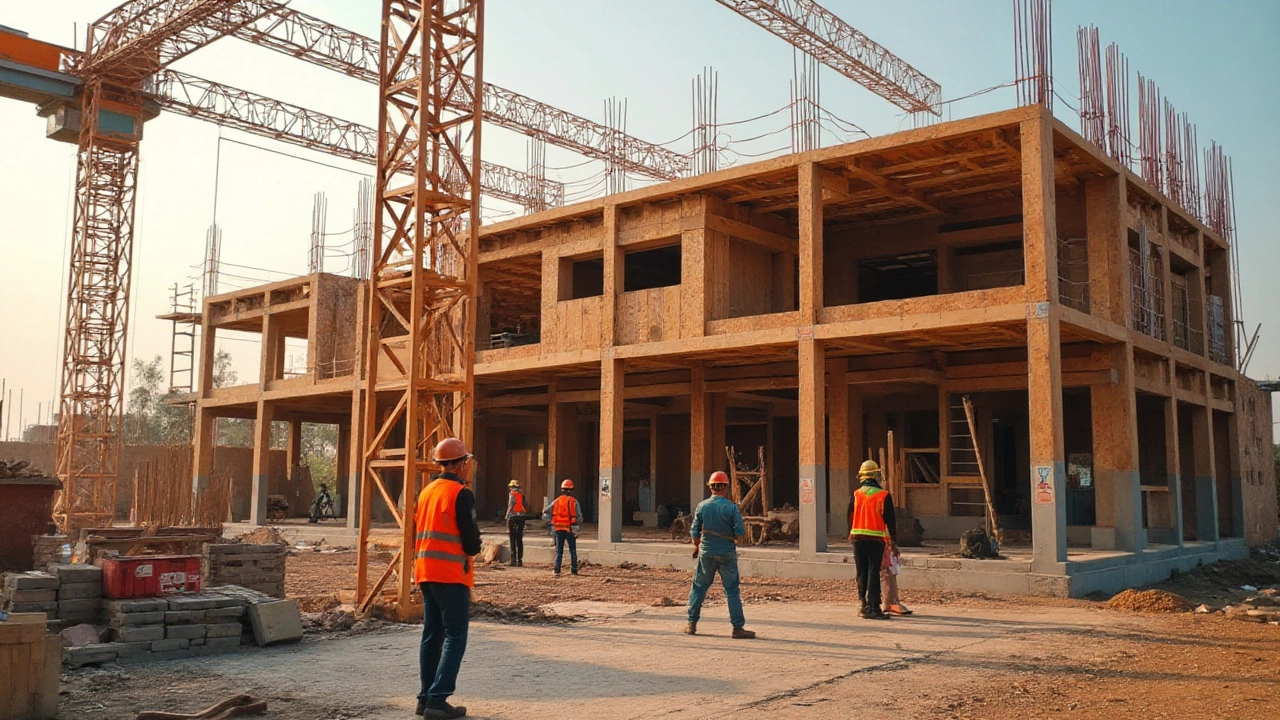Commercial Building: Costs, Codes, and Construction Types Explained
When we talk about a commercial building, a structure designed for business use, not living. Also known as non-residential construction, it includes offices, retail spaces, warehouses, hotels, and hospitals—anything built to support business operations, not daily life. Unlike homes, these buildings aren’t judged by curb appeal or cozy layouts. They’re built for function, scale, and compliance. A single mistake in design or material choice can cost thousands, delay projects for months, or even shut down operations.
Most commercial building construction follows strict codes like the International Building Code (IBC), which classifies structures into five main types based on fire resistance and materials. Type I and II use steel and concrete—common in malls and high-rises—because they can survive fires longer. Type V, often made of wood, is rare for large commercial spaces but shows up in small retail strips. The choice between steel vs concrete isn’t just about aesthetics; it’s about cost, speed, and local regulations. Steel lets you build faster with fewer supports, while concrete offers better soundproofing and fire ratings. You’ll also find tilt-up concrete in warehouses—it’s cheaper than steel frames and gets built right on-site.
Why does this matter to you? Because commercial building costs don’t just add up—they explode. Labor, permits, zoning, and specialty systems like HVAC and fire suppression can double or triple the price compared to a house. A 10,000 sq ft office might cost 3x more per square foot than a 2,000 sq ft home. And it’s not just materials. Commercial projects need engineers, architects, and inspectors at every stage. There’s no such thing as a weekend DIY fix here. If you’re planning one, you need to understand the difference between commercial construction and residential. One follows homeowner-friendly rules; the other follows rules written for cities, fire departments, and insurance companies.
You’ll find real-world examples below—from how a grocery store’s foundation differs from a house’s, to why some builders avoid wood in commercial spaces, to what happens when you skip the right permits. These aren’t theory pieces. They’re lessons from jobs gone right and wrong. Whether you’re a contractor, investor, or business owner looking to lease space, you’ll see what actually drives cost, timeline, and risk. No fluff. Just what you need to know before you sign a contract or break ground.
Understanding Type C Construction in Commercial Buildings
Learn what Type C construction means, how it differs from Types A and B, code rules, material choices, costs, and a practical checklist for commercial projects.
Learn more...Understanding Type D Construction in Commercial Projects
Type D construction refers to a specific category within the construction industry, often used for non-residential buildings. These buildings are typically of minimal fire resistance, using combustible materials but designed with safety in mind. This classification is essential for understanding the structural and safety standards required in various building projects. In this article, we explore what distinguishes Type D construction, its applications, and safety considerations.
Learn more...
